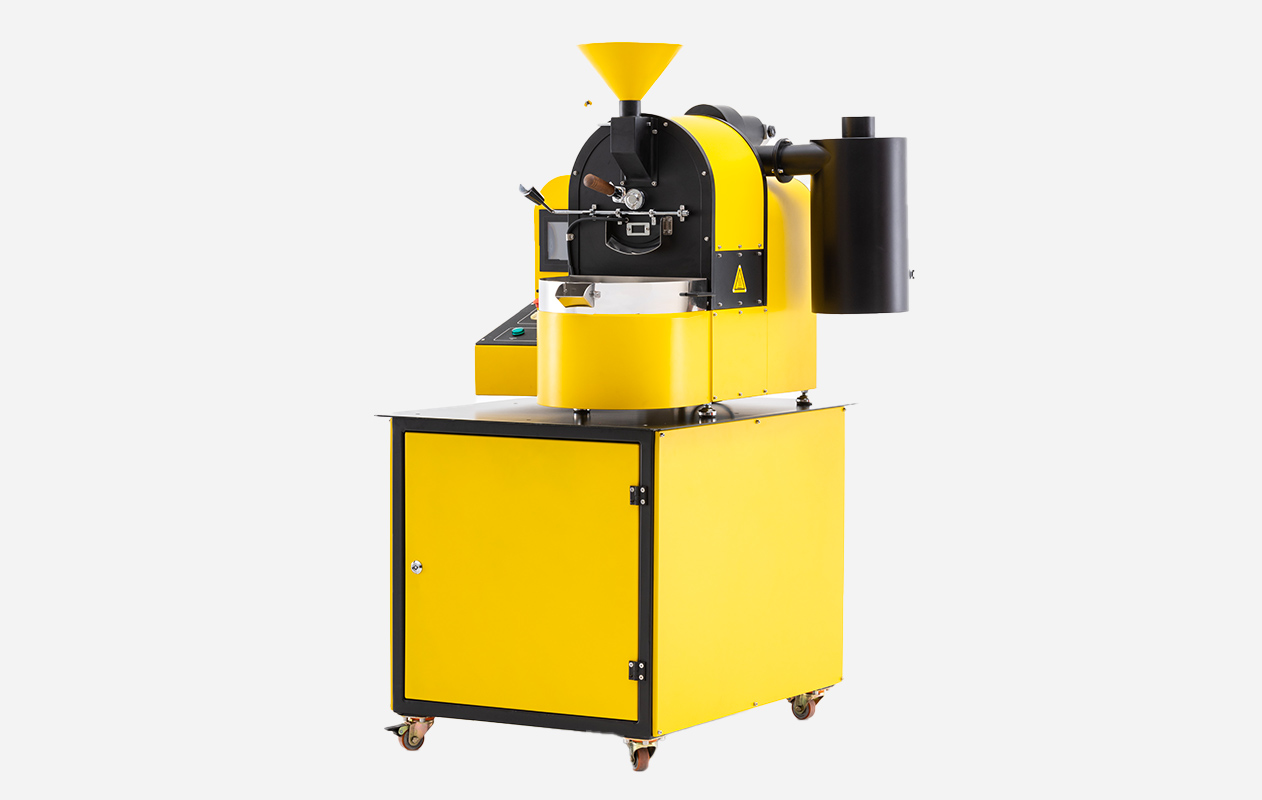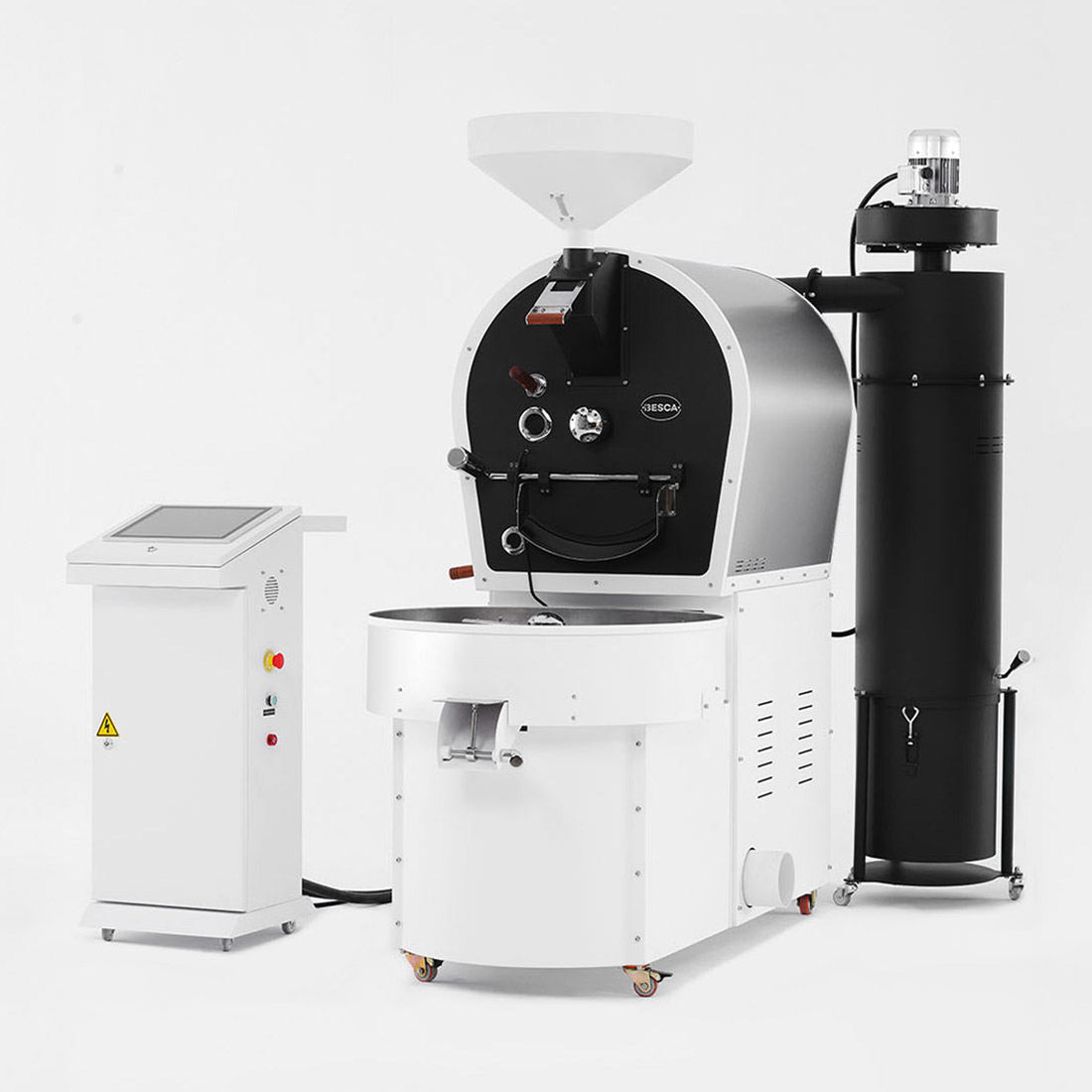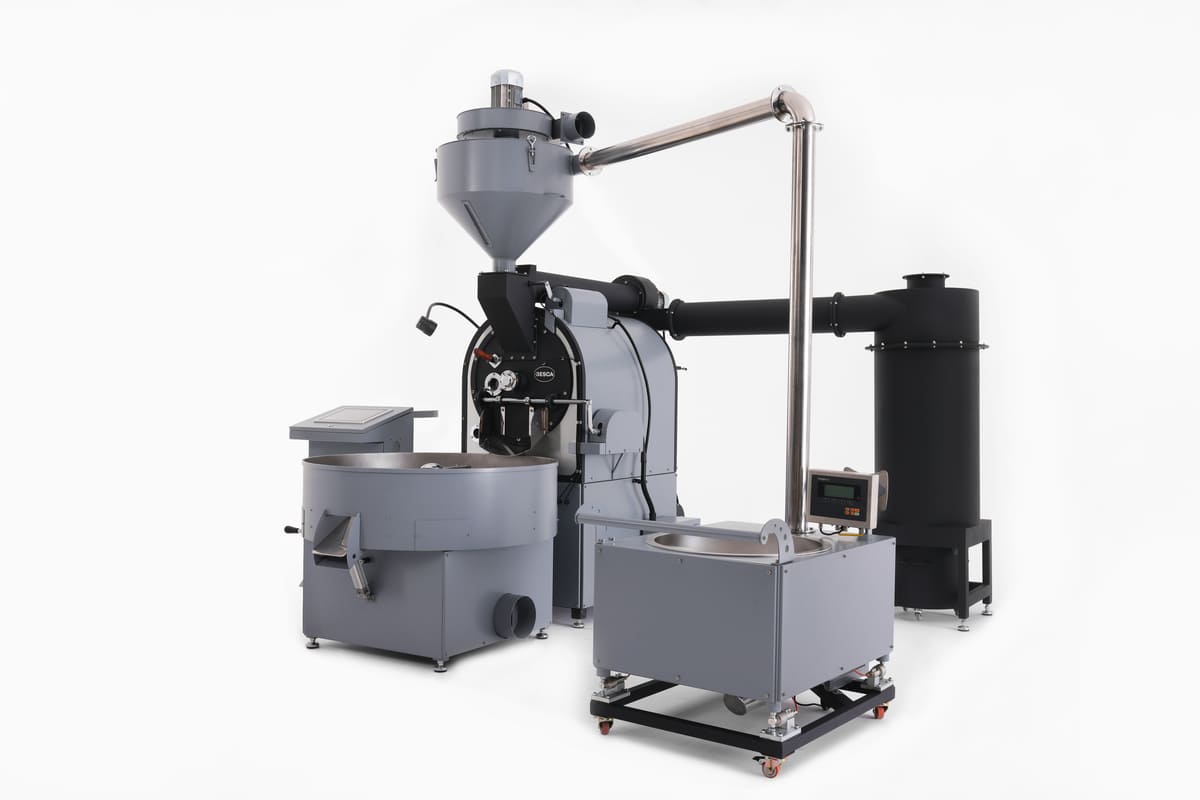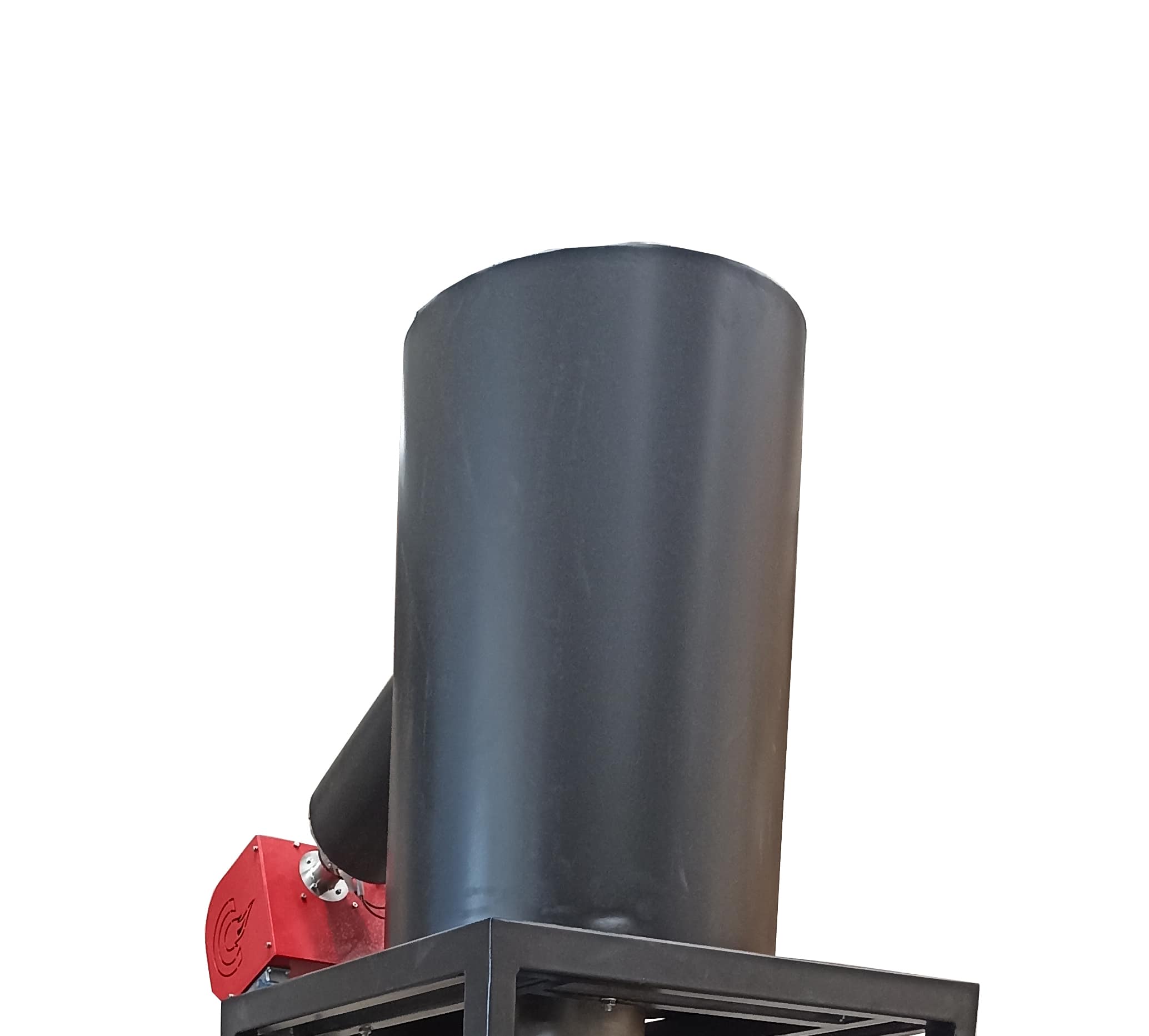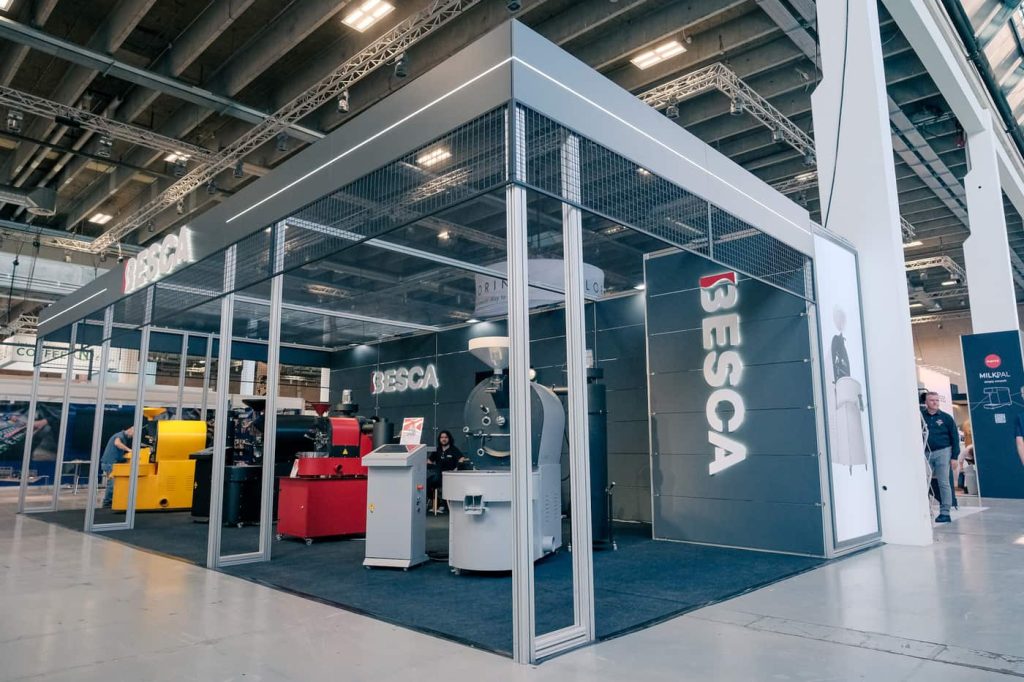When it comes to the world of coffee, the importance of the roasting process cannot be overstated. Roasting is where the magic happens, where green coffee beans are transformed into the aromatic, flavorful beans that make your morning brew a delight. But the science of roasting coffee is not one-size fits-all. There are various methods and types of coffee roasters, each bringing its own unique touch to the process. In this blog post, we’ll explore the different types of roasting machines, from electric roasters to air roasters and gas roasters, shedding light on the intricacies of the coffee roasting process and techniques.
Electric Coffee Roasters
Electric coffee roasters, while popular for their convenience, come with their own set of challenges when it comes to precision and control in the coffee roasting process. Unlike traditional gas systems favored by professional roasters, electric roasters are often dependent on induction systems, which, in practice, can prove to be slow and less responsive, impacting the coffee roasting techniques.
One of the key issues faced by electric roasters is their reliance on induction technology. Induction heating involves the generation of heat through electromagnetic fields. While this method has its advantages in terms of energy efficiency and safety, it can be less responsive when it comes to rapid temperature adjustments during the roast. This lag in response can make it challenging to fine-tune the roast profile precisely, affecting the coffee roasting process.
Electric roasters are also known for their ease of use in the coffee roasting process. Many models offer pre-programmed roast profiles, so even those new to roasting can achieve acceptable results. Additionally, the quiet operation of most electric roasters can be attractive, as your roasting process may be less noisy, contributing to a more controlled coffee roasting technique.
Air Roasters
Air roasters, also known as fluid bed roasters, take a different approach to roasting coffee. These machines use a stream of hot air to agitate and roast the beans in a unique coffee roasting process. The result is a high-velocity roast that produces different sensory profiles.
One of the main advantages of air roasters is their ability to evenly roast the beans in the coffee roasting process. The continuous circulation of hot air ensures that all beans are exposed to the same temperature, preventing unevenness in the roast. This can be particularly important for specialty coffee where consistency is key, showcasing a controlled and precise coffee roasting technique.
While air roasters are celebrated for their even roasting, they also encounter challenges related to the sensory outcomes of the coffee. It’s worth noting that many coffees roasted by air roasters may not exhibit the same level of complexity in flavor profiles. In some cases, they can even result in a dry texture in the final cup, impacting the overall coffee roasting process.
Traditional Gas Roasters
Stepping into the world of traditional gas roasters is like entering a time machine. These roasters have been around for centuries and are often favored for their craftsmanship and the deep connection to the origins of coffee, representing a classic coffee roasting technique.
Gas roasters allow the roaster to have complete control over the roast, much like an artisan crafting a masterpiece in the coffee roasting process. They use an open flame, and the beans are typically rotated in a drum over the heat. This method allows for a slower roast compared to air roasters, which can emphasize nuanced flavors and bring out the natural characteristics of the coffee beans, showcasing a traditional and time-tested coffee roasting technique.
While traditional gas roasters require a skilled hand to master, they provide a unique, hands-on experience that many coffee enthusiasts find deeply rewarding in the coffee roasting process. They are also well-suited for larger batches and commercial roasting operations, emphasizing the scalability of this coffee roasting technique.
Conclusion
In the diverse world of coffee roasters, one overarching truth becomes evident: the choice of the right roaster ultimately hinges on your unique needs and goals in the coffee roasting process. Each type of roaster, be it electric, air, or gas, comes with its own set of advantages and limitations, making it essential to align your preferences with your specific requirements in the coffee roasting techniques.
Electric roasters have surged in popularity, thanks to their user-friendly design, making them the preferred choice for those who prioritize convenience over meticulous control and quality in the coffee roasting process. Meanwhile, air roasters, or fluid bed roasters, are renowned for their ability to achieve a swift and efficient roasting process, making them an attractive option for those seeking quick results. However, it’s crucial to consider that this speed may come at the expense of nuanced flavor profiles in the coffee roasting techniques. Gas roasters have a longstanding reputation in the eyes of coffee professionals who place the utmost importance on the quality of the final product in the coffee roasting process. These roasters offer unmatched control over the roasting process, enabling roasters to accentuate the sensory characteristics of the coffee. Nevertheless, it’s important to note that operating gas roasters effectively requires professional training and experience in the coffee roasting techniques.

